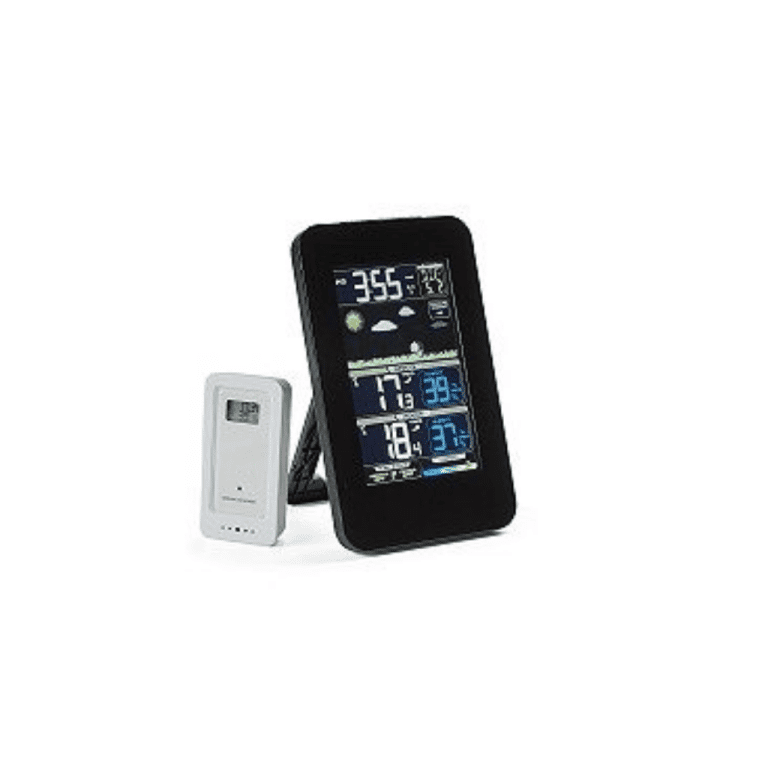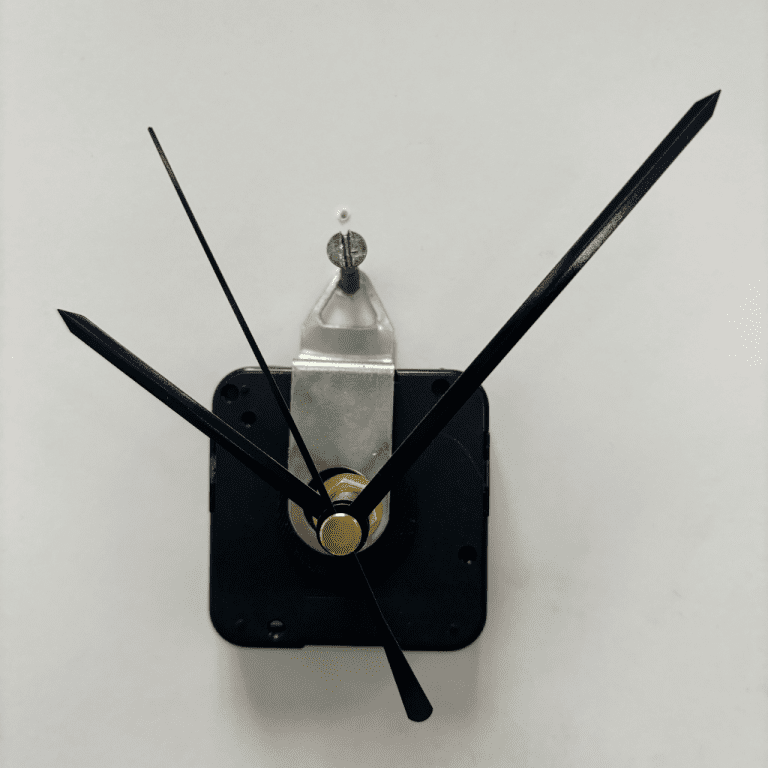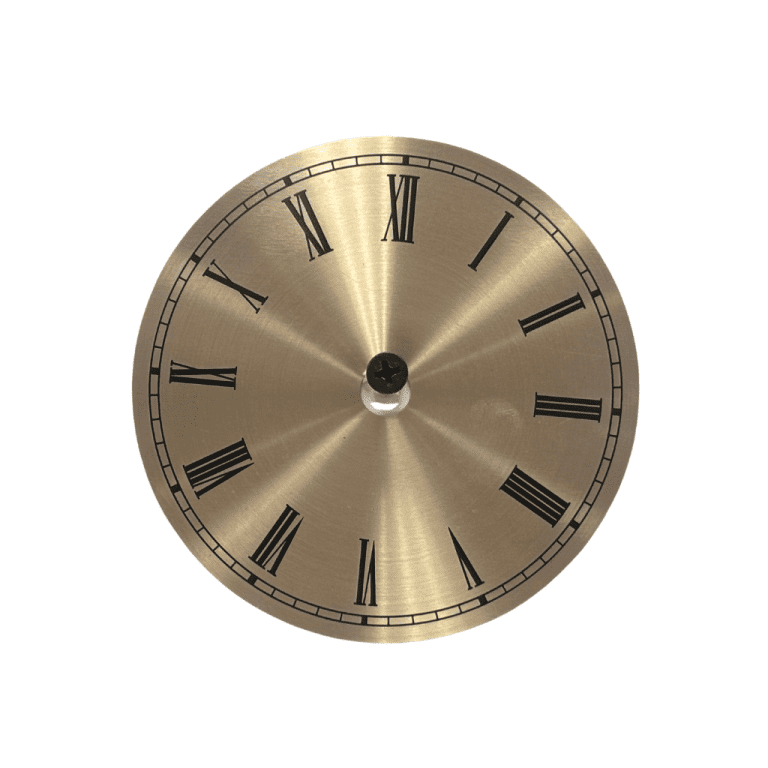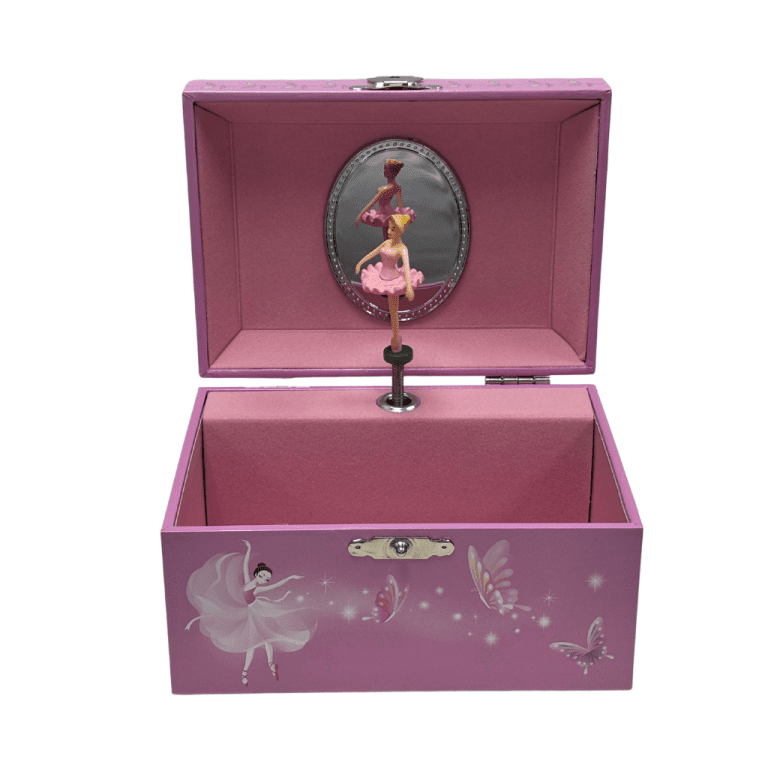Design of the Century from Furtwangen
In September of 1850, Robert Gerwig, the director of the Baden Grand-Ducal Clockmaking School in Furtwangen, called for entries in a competition for a contemporary clock design. The outline with the most impact was the one submitted by Friedrich Eisenlohr, the architect responsible for most of the buildings along Baden‘s State Railway. Eisenlohr took the model of a railway signalman‘s house and decorated the façade with a dial. This was the birth of the prototype of the Black Forest cuckoo clock in house form, a souvenir that is still popular today.
Around 1860 the train-house clock clearly departed from the rather austere lines of the original design. In 1862 Johann Baptist Beha of Eisenbach was the first to offer highly ornate cuckoo clocks with hands made of carved bone and with weights in the shape of fir cones. Ever since then, the train-house clock displaying luxuriant three-dimensional plant and animal scenes carved out of wood has been an undying success among Black Forest souvenirs.
Even today, the regional tourist industry focuses on the cuckoo clock in its advertising as a symbol of the Black Forest throughout the world.
The First Cuckoo Clocks
The origins of the cuckoo clock are obscure. In 1619 the inventory of the Prince Elector August of Saxony in Dresden mentions a cuckoo clock.
In 1650, Athanasius Kircher, in his manual on music entitled „Musurgia Universalis“, describes a mechanical organ with automated figurines, including that of a mechanical cuckoo. This cuckoo would automatically open its beak and move its wings and the tip of its tail while sounding the call of the cuckoo. The cuckoo‘s call was generated by two pipes with bellows. In his book entitled „Horologi Elementari“, Domenico Martinelli suggests in 1669 that the call of the cuckoo could be used to indicate the hours. By this time, at the latest, the cuckoo mechanism had become known for its use in a clock .
The First Cuckoo Clocks of the Black Forest
To this day, we still do not know who began to make cuckoo clocks in the Black Forest. Even the first two historians to write on clockmaking in the Black Forest have conflicting opinions on this subject. In 1810, Markus Fidelius Jäck claims that Franz Anton Ketterer of Schönwald was the first to make cuckoo clocks beginning in the 1730s. On the other hand, Franz Steyrer, in his „Geschichte der Uhrmacherkunst“ (History of the Clockmaker‘s Art), reports 1796 that Michael Dilger in Neukirch and Matthäus Hummel began to make cuckoo clocks in 1742.
The oldest known Black Forest Cuckoo clock has been built and signed by Johannes Wildi. It dates around 1780-90 and is exposed in the German Clock Museum (see photo).
In the 19th century, we still find the cuckoo clock mechanism in lacquered shield clocks as well as in picture-frame clocks. With the advent of the train-house clock, however, all other forms of the cuckoo clock are driven off the market within a mere few years‘ time.
Credited to:https://www.deutsches-uhrenmuseum.de/














